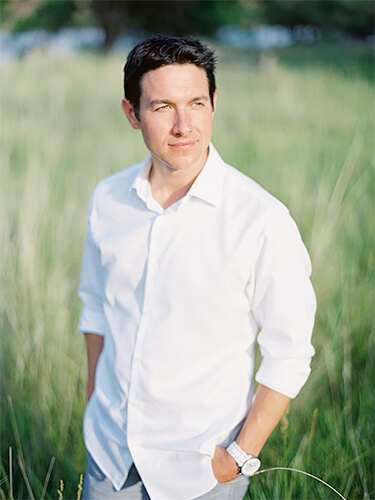R. J. Kern is a photographer whose work explores animal portraiture as it relates to ideas of home, ancestry, and a sense of place.
He majored in Art & Art History and Environmental Geography from Colgate University and holds a Master's Degree from the University of Colorado in Boulder. R. J. is the recipient of a 2016 Artist Initiative Grant awarded by the Minnesota State Arts Board. His work received critical acclaim through the 2015 Review Santa Fe, a finalist for Critical Mass 2016, and is apart of the public exhibition series, The FENCE, on display in Boston, Brooklyn, Atlanta, Houston, and Santa Fe in 2016. His work has been featured by National Geographic, PBS, and the World Photography Organization.
His work is represented by Gallery 360 in Minneapolis, Minnesota and Ecce Gallery in Fargo, North Dakota. He lives in Minneapolis with his wife, two kids, and goldendoodle, Willy.
Project Statement: The Unchosen Ones
The Unchosen Ones takes place on the sidelines of county fair animal contests in Minnesota in 2016.
One isn't born a winner or loser, but a chooser. This theme I explore in this series.
As we look at them, they look back, allowing us to think about how we choose winners and the repercussions for the ones not chosen.
The project consists of over 60 portraits made at 10 Minnesota county fairs in 2016. The photographs showcase the subject facing the camera, allowing the viewer to decide what connects and distinguishes these subjects.
Selected Books on

